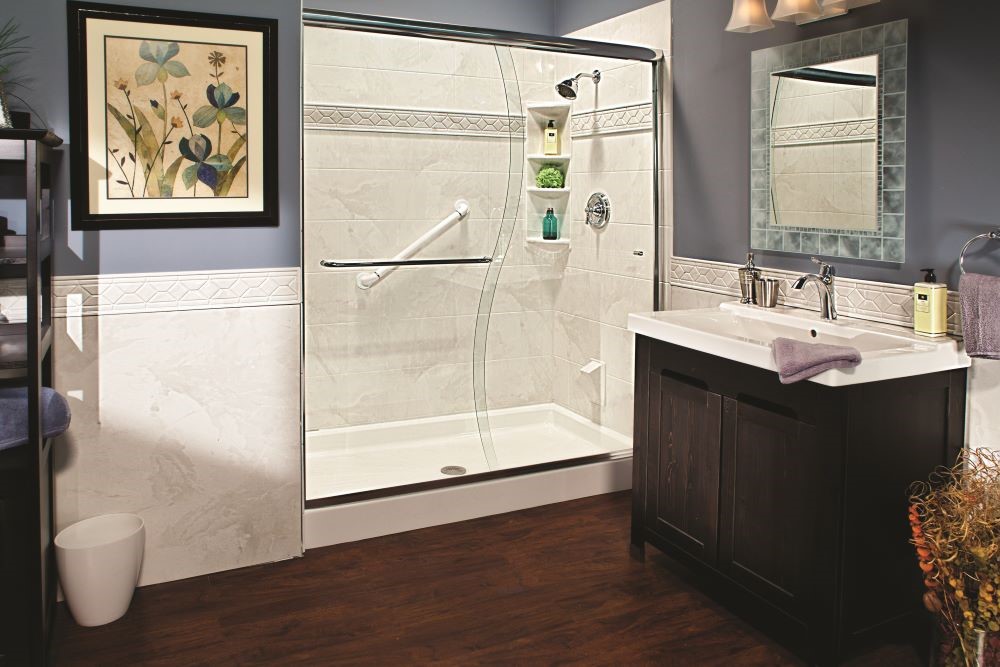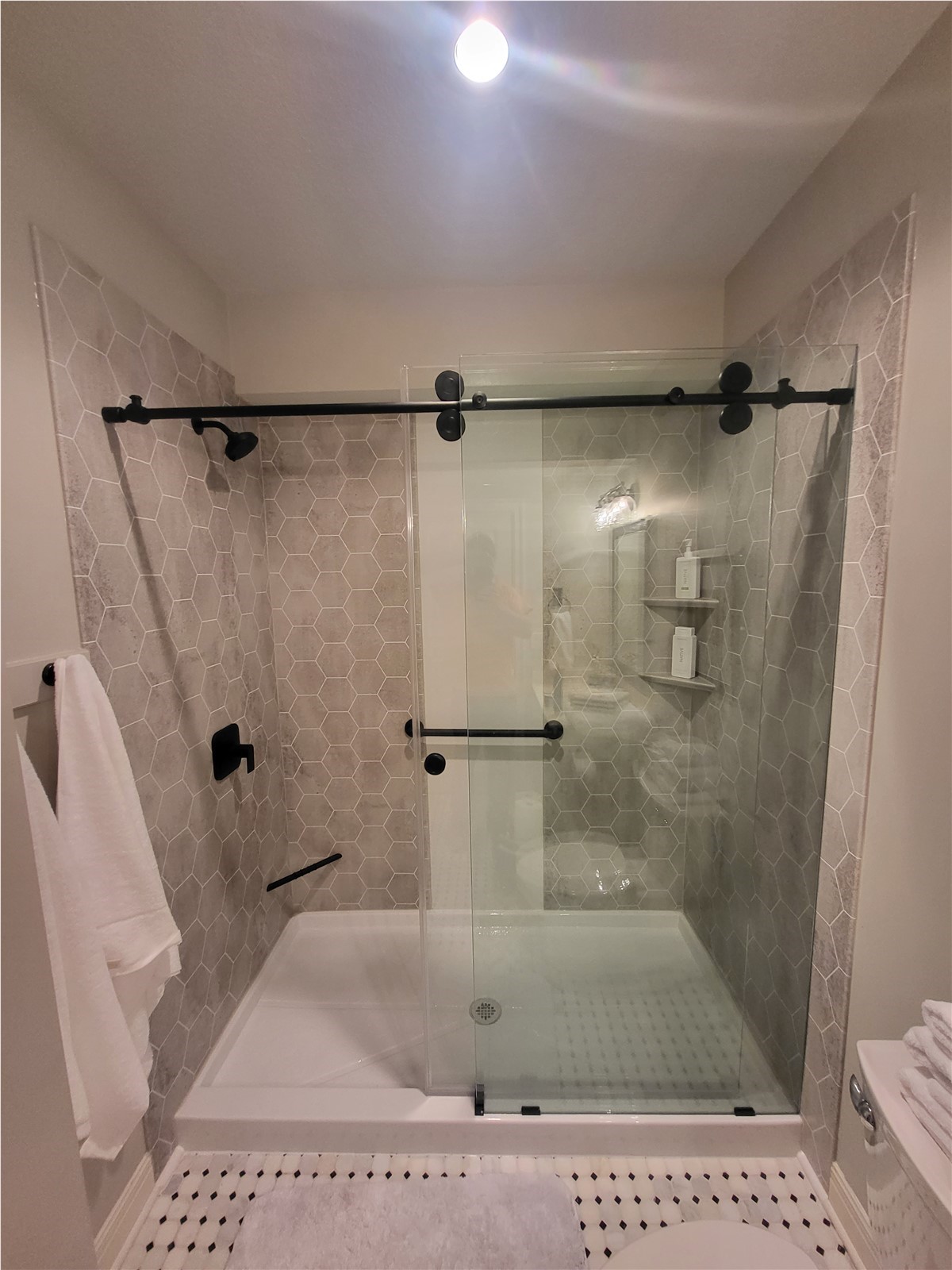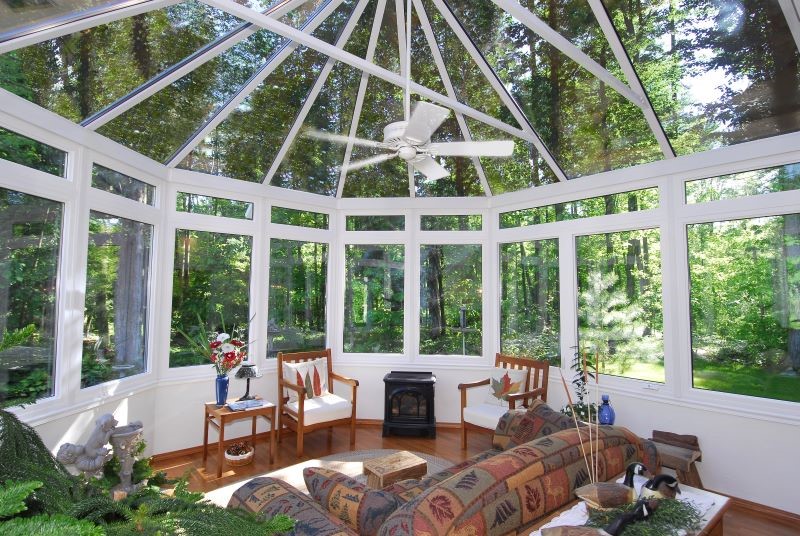A sunroom can add property resale value, undeniable all-season beauty, and usable living space to your home. But even after you decide that a sunroom is the right addition for your home, you must still choose which sunroom type to install.
While every sunroom is as unique as the home it attaches to due to the distinct challenges, quirks, and architectural characteristics, most sunrooms fall into one of the following five main categories.
Cathedral Sunrooms
Cathedral sunrooms, sometimes called gable or vaulted sunrooms, have the distinct characteristic of a high, peaked roof. Cathedral sunrooms can have all-glass, partial-glass, or drywall on the interior and shingles on the exterior roofs, but they all have the classic and dramatic shape also found in gothic cathedrals, hence the name.
Cathedral sunrooms offer a wide range of design options that accommodate the requirements of most homes and climates. For example, the gabled roof ensures appropriate runoff in snowy areas, which can eliminate weight bearing concerns.
Conservatory Sunrooms
If you picture a single, distinct shape when you hear the word “sunroom,” you’re probably thinking of a conservatory sunroom. These spaces feature all-glass design supported by structural beams. Conservatory sunroom roofs are peaked where they connect to the main house but flare out to provide a panoramic view at the end.
Conservatory sunrooms provide perhaps the most dramatic statement piece for any home, as well as arguably the best views. These characteristics make conservatories ideal for high-end homes and homes on green belts, near rivers, and so on.
Curved-Eave Sunrooms
Curved-eave sunrooms, also known as solariums, have almost as recognizable of a shape as conservatories. The curved-eave sunroom comes out from the roof of the main house in a straight line, which then becomes a row of rounded windows. Like conservatories, solariums are virtually all glass.
While curved-eave sunrooms do not look as striking as conservatories, these sunrooms offer virtually all the same benefits and tend to cost less to install. Curved-eave models can be an excellent compromise for homeowners who want the 360° views of a conservatory sunroom without the costs.
Straight-Eave Sunrooms
Straight-eave sunrooms are one of the most classic styles available. You may hear straight-eave sunrooms referred to as shed, studio, or single-slope sunrooms. The defining characteristic of these spaces is the fact that their roofs have no peak and thus may follow the existing roofline or create a secondary roofline like a porch does.
Straight-eave sunrooms vary widely depending on their exact design. Some of the most affordable and most expensive sunrooms utilize this sleek and versatile design because it integrates easily into all architectural styles.
Wall System Sunrooms
In some cases, sunrooms are created out of modified porches. These sunrooms can be called wall system sunrooms or enclosed patios. Wall system rooms can feature the large glass windows characteristic of a traditional sunroom or may actually qualify as a screened room or a screened-in porch, depending on the design.
If you have an existing porch, you may want to consider a wall system as this construction type can cost less overall. However, many homeowners prefer to have a porch or patio for outdoor activities and a sunroom for year round living.
Additional Considerations
While the appearance and other fundamental characteristics of a sunroom type can help you narrow down your options, you may have to consider other factors when choosing the appropriate type for your home. For example, you may also have to consider:
- Entry and exit points. In addition to the location of the sunroom itself, you must also decide on where to place the entry into your home and any exits out of the sunroom. Your exits may include a door opening onto your backyard, into your garage, or into a mudroom.
- HVAC. Because sunrooms capture sunlight, they can warm up quickly in the summer. However, their glass construction can also make sunrooms vulnerable to heat loss during extreme winter temperatures. You may want to integrate the sunroom into your home’s HVAC or add a one-room system.
- Integration with the roofline. Sunrooms can be dramatic or subtle, usually due to whether or not they are integrated with the roofline. Your roof would continue directly over an integrated sunroom, while an unintegrated sunroom would have its own roof. The sunroom type you choose may dictate its integration compatibility.
- Maintenance. In addition to the initial investment, sunrooms require routine maintenance to stay beautiful over time. Keep in mind that all-glass structures like conservatories tend to require more maintenance.
Whether you know exactly what you want your new sunroom to look like or you’re open to design recommendations, consult with a professional contractor to ensure that you can enjoy your sunroom year round for many years to come.
At Four Seasons Home Products, we install both classic and contemporary sunroom styles from grand cathedral sunrooms to cozy screened-in spaces.
Subscribe to Four Seasons Home Products's Blog








Comments